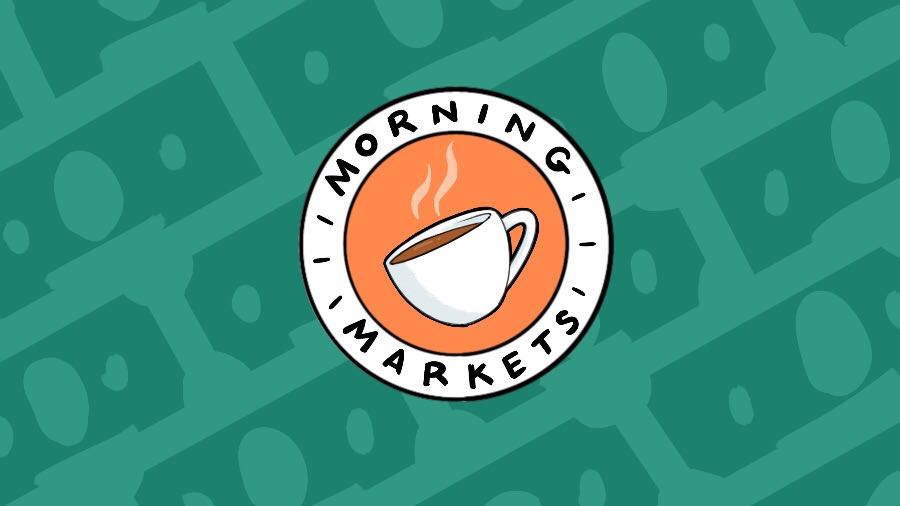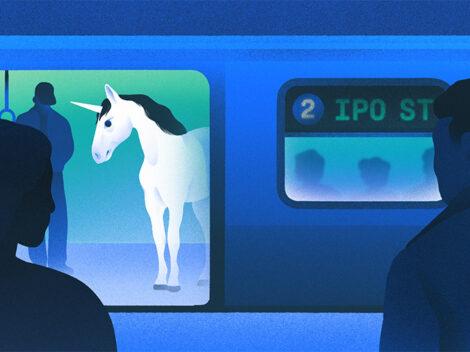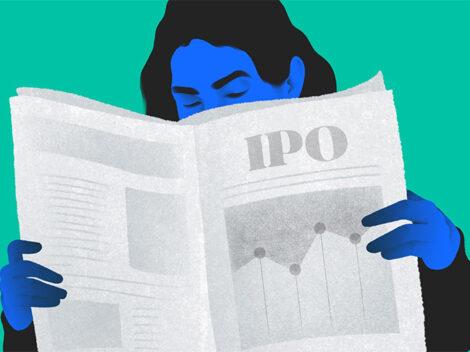Morning Markets: Snap’s latest financial move shows the risks of high-burn business models. It’s a good reminder for startups that profitability is freedom.
Snap, parent company of the popular Snapchat social application, announced this morning that it intends to borrow a billion dollars.
Subscribe to the Crunchbase Daily
According to the company, the $1.0 billion in debt will have the option of converting to shares “at the option of the holders” at the end of the debt’s term in 2026. In addition to the original $1.0 billion in debt, Snap said that it “intends to grant the initial purchasers of the notes an option to purchase up to an additional $150.0 million principal amount of notes.”
Snap could raise as much as $1.15 billion in the transaction.
Snap said in the same release that it will use the funds for “general corporate purposes, including working capital, operating expenses, capital expenditures,” along with using part of the total net sum to “acquire complementary businesses, products, services, or technologies or for repurchases of Snap’s common stock.”
That’s a lot. In short, Snap is picking up a billion or more in debt to fund its operations, buy other companies, and perhaps purchase its own stock.
Why the company needs a billion dollars is the correct question at this juncture, given its long, storied, and rich history of fundraising. Let’s find out. Afterwards, we’ll compare Snap to two recent IPOs, and see if there’s a lesson in the mix for startups.
Money In, Money Out
Snap’s fundraising history is impressive. Here’s a simple chart of the firm’s pre-IPO fundraising history, for example:

The company raised an additional $2.03 billion in its IPO. Also, Snap picked up two major post-IPO investments, a $250 million transaction led by Alwaleed Bin Talal and a $2 billion investment led by Tencent. Those were open-market purchases, however, and therefore non-accretive for Snap itself.
Still, with over $2.5 billion raised while private, and $2 billion from its IPO, how could Snap possibly need more money?
The firm noted in its most recent earnings report slides (here) that it burned through $96 million in cash from its operations in the three-month period. Its free cash flow was an even more negative $103 million. Those results, however, are improvements for Snap, a company that used to consume far more cash.
Here’s a chart of Snap’s free cash flow over the past few years:

If you want to see the impact of that burn over time, simply check in on the firm’s earnings. In Q2’17, Snap reported just about $2.8 billion in “Cash, cash equivalents, and marketable securities,” which is corporate slang for what we call cash. In Q4’17, that figure was down to $2.04 billion. In Q2’18 the figure fell to $1.57 billion.
And so on, until we get to Snap’s most recent earnings report, Q2’19. Snap had $1.18 billion in cash on hand at the end of the period.
Now as you can tell from our second chart, Snap has made material progress in limiting the amount of cash that it consumes (its GAAP losses, net and operating, are far more negative due to share-based compensation, among other items). But it isn’t too close to managing to not consume cash through operations.
This means that Snap’s cash is becoming more valuable over time, as the firm spends it. Adding a billion dollars (or more) in debt solves the growing problem at a low cost. Rates are cheap right now, and Snap’s shares are on the rebound after a huge change in market sentiment regarding its prospects. A lovely time to borrow, in other words.
And with more cash, Snap can afford to buy what it wants. That means startups that catch its eye become easier to purchase, as it will have more cash with which to maneuver.
What About Startups?
Snap sold parts of itself throughout its early history and is now looking to take on material amounts of debt. Why? Because its business has never come close to covering its costs. Snap has come closer to break-even over time (it is currently shooting for profitability inside of 2019, improbably), but not near enough to limit its need for external capital.
The company has therefore always played with borrowed time, and, soon, borrowed dollars. Its unprofitability and capital hunger has come with strong costs. Snap was once worth just $4.82 per share off its IPO price of $17. Yes, it has come back near to break-even compared to that $17 mark, but the company’s life as a public company has been troubled.
The story here is similar to what we’ve seen with Uber (currently trading under its IPO price), and Lyft (currently trading under its IPO price). In each of the three cases formerly high-growth companies saw their revenue expansion slow, leaving them with a hefty cost structure, and not much of a story to tell investors.
Snap is now on the other side of its difficult period, showing revenue growth and user growth, but for startups the lesson is pretty plain: Losses become incredibly unattractive if growth slows. And large losses even more so. Having a path to profitability is a good thing to have if you lose money. Every startup should have one.
Especially as things get a bit dicey around the world.
Illustration: Dom Guzman

Stay up to date with recent funding rounds, acquisitions, and more with the Crunchbase Daily.










![Illustration of pandemic pet pampering. [Dom Guzman]](https://news.crunchbase.com/wp-content/uploads/2021/03/Pets-2-300x168.jpg)
67.1K Followers